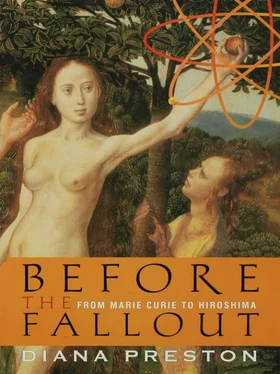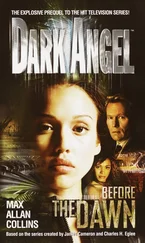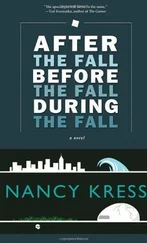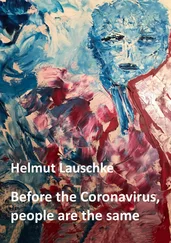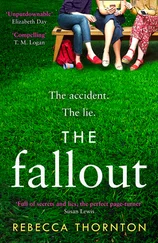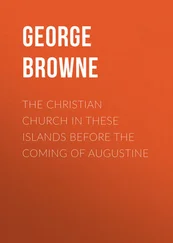The pronunciation and spelling of Fuchs’s name was a source of difficulty and embarrassment to English-speakers. Even his fellow German Rudolf Peierls signed one letter addressed to “Dear Fucks.”
Sir John Colville, Churchill’s private secretary, related that Air Marshal Harris had shown Churchill a film of the bombing raids on Hamburg and elsewhere, expecting praise for his efforts. When the lights came up, Colville saw tears running down Churchill’s face, and he (Churchill) said, “Are we beasts that we should be doing these things?” However, Churchill’s views on what we would now call “weapons of mass destruction” varied with his mood and the progress of the war. Later, when the German flying bombs were falling on Britain in July 1944, he wrote a memo to his military chiefs of staff: “I want you to think very seriously over the question of using poison gas. I would not use it unless it could be shown that (a) it was life or death for us, or (b) that it would shorten the war by a year. It is absurd to consider morality on this topic when everybody used it in the last war without a word of complaint from the moralists or the Church. On the other hand, in the last war the bombing of open cities was regarded as forbidden. Now everybody does it as a matter of course. It is simply a question of fashion changing as she does between long and short skirts for women.” Churchill, of course, on reflection concluded that gas should not be used.
After the war, as the gaseous diffusion technique was perfected, it would replace electromagnetic separation—rejected as too costly and cumbersome for mass production—and become the sole technique used by the United States. In 1991 Western scientists were surprised by evidence that the Iraqi dictator Saddam Hussein was attempting to build a bomb using “old-fashioned” electromagnetism.
The scale of experiments on humans came to light in 1996 in a report by the President’s Advisory Committee on Human Radiation Experiments. Describing tests on some fifty people, the report concluded that “patient subjects… were never told that the injections were part of a medical experiment for which there was no expectation that they [would] benefit, and [to which] they never consented.”
The prefix B in B-29 did not, as often thought, stand for Boeing, its manufacturer. Under a military naming convention introduced in 1924, B was for bomber, and 29 meant that the plane was the twenty-ninth model of bomber. Fighters had the designation P for pursuit, although they are now assigned the letter F.
Serious consideration had been given to the use of the British Lancaster bomber, which would have needed less modification, but the proposal was rejected by Groves, who found it “beyond comprehension to use a British plane to deliver an American A-bomb.”
In his autobiography Teller reflected that the scientists should have done more to understand what would have been involved technically in a demonstration to the Japanese and then to have informed the politicians.
The emblematic mushroom effect resulted from the thermal updraft created by the explosion and the heat it produced, which sent debris up into the sky, where it flattened out as it reached the stratosphere and the energy dissipated.
The unit had been adapted from an instrument designed to alert pilots to the approach of enemy aircraft to the rear. Instead of bouncing signals off an approaching hostile plane, they would respond to the approaching ground.
Ferebee need not have worried. He later fathered four sons.
Later deaths from cancer can be attributed to the effects of the bomb only statistically. This is done by assessing how many more deaths from cancer occur in the Hiroshima population than would be expected in a similar population not exposed to radiation. The calculations are fraught with difficulty in identifying comparable populations, and estimates vary widely. Official figures suggest fewer than one thousand such deaths since the end of 1945.
The actual force of the explosion is now generally agreed to have been equivalent to around fifteen thousand tons of TNT.
Not all journalists were preoccupied with grim reflections. Within hours of the announcement of the bomb, the Washington Press Club bar was selling “atomic cocktails”—a blend of Pernod and gin.
FBI investigations also led to the unmasking of Fuchs’s handler, Harry Gold, as well as David Greenglass and the Rosenbergs.
The Max Planck institutes were the postwar successors to the Kaiser Wilhelm institutes.
About three thousand B-29s would have been needed to drop conventional bombs carrying the amount of TNT equivalent to the bomb Enola Gay dropped on Hiroshima.
Discrimination may have been subliminal. In 1922 Lise Meitner’s inaugural university lecture, “The Significance of Radioactivity for Cosmic Processes,” was reported in the academic press as a talk about the significance “of Radioactivity for Cosmetic Processes.”
